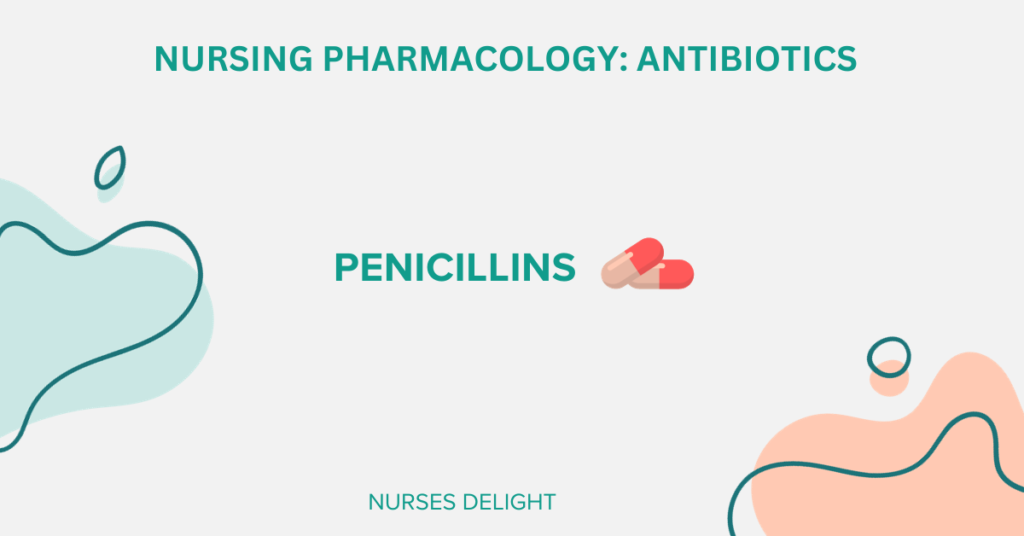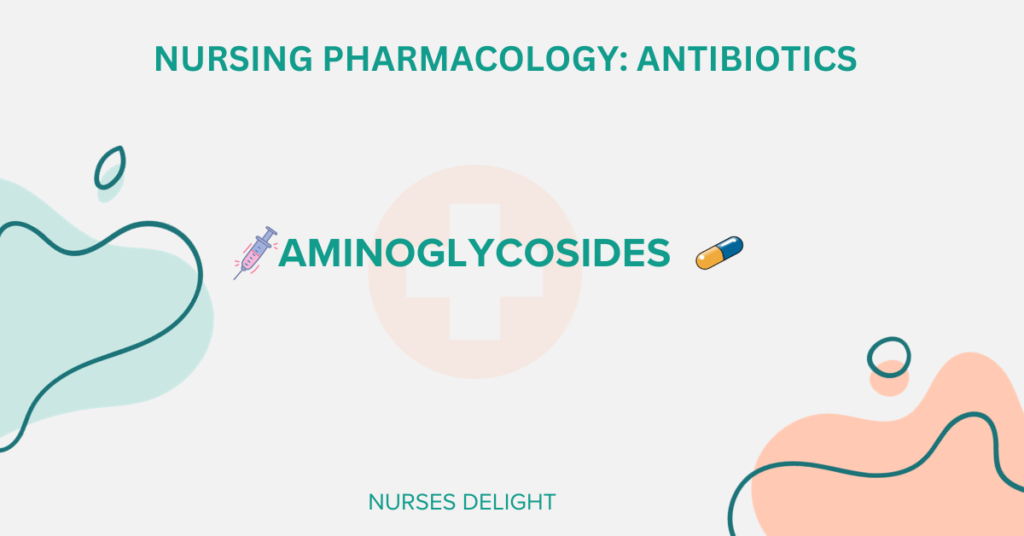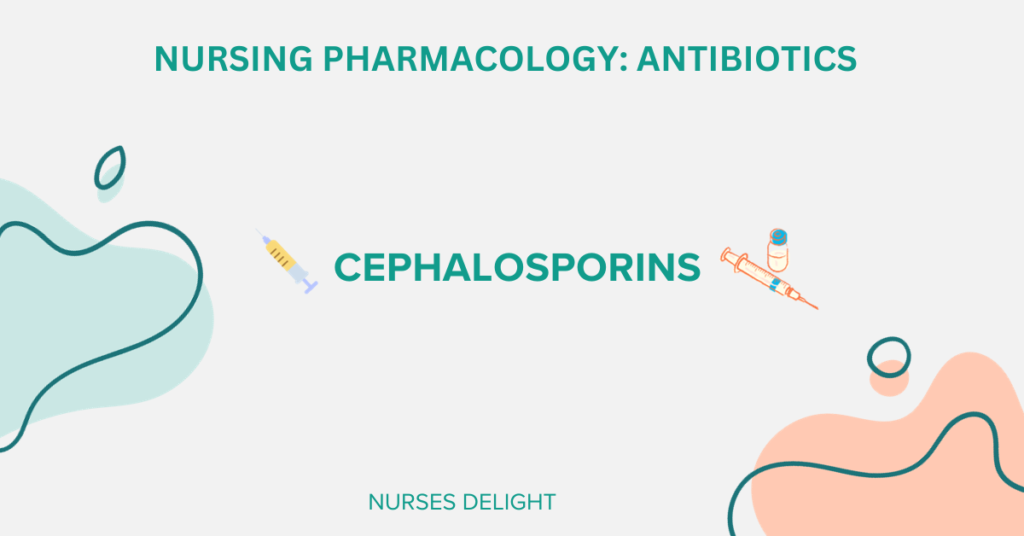Penicillins are the most commonly known antibiotic drugs. They are generally effective and have fewer toxic properties and thus tend to be overused. Their frequent use has promoted antimicrobial resistance, making scientists develop stronger combinations.
Penicillins include;
- Amoxicillin
- Ampicillin
- Penicillin G
- Penicillin V
- Piperacillin
- Tircacillin
There are bacteria of the genus Staphylococci that produce beta-lactamase enzyme (Penicillinase) which inactivates penicillins thus making them ineffective. Penicillinase also contributes heavily to drug resistance. Due of this, the development of penicillinase-resistant penicillins, which are restricted to infections caused by Penicillinase-producing staphylococci only, began. These include;
- Dicloxacillin
- Nafcillin
- Oxacillin
- Methicillin
However, penicillinase-resistant penicillins have minimal activity on gram-negative bacteria. Piperacillin and Tircacillin are active against Pseudomonas aureginosa and are therefore referred to as antipseudomonal antibiotics.
Pregnancy Category: B
Studies have shown that they may be acceptable since they pose minor to no fetal risks.
Mechanism of Action
They are bactericidal, inhibiting the synthesis of the cell wall of sensitive organisms, ultimately causing cell death.
Pharmacokinetics
- Administration: The route of administration is determined by the stability of the drug to the gastric environment and the severity of the infection. The combination of ampicillin with sulbactam; ticarcillin with clavulanic acid; piperacillin with tazobactam; and nafcillin and oxacillin must be administered IV or IM. Penicillin V, amoxicillin and dicloxacillin are available only as oral preparations. Procaine penicillin G and benzathine penicillin G are depot forms that are administered deep IM.
- Absorption: Most penicillins are incompletely or poorly absorbed after oral administration. Food decreases the absorption of all the penicillinase-resistant penicillins since the drugs are destroyed by stomach acid. To avoid this, they should be taken on an empty stomach.
- Distribution: They distribute well throughout the body. All the penicillins cross the placental barrier, but none have been shown to have teratogenic effects. However, penetration into bone or cerebrospinal fluid (CSF) is insufficient for therapy unless these sites are inflamed Penicillin levels in the prostate are insufficient to be effective against infections.
- Metabolism: Host metabolism of the β-lactam antibiotics is usually insignificant, but some metabolism of penicillin G may occur in patients with impaired renal function.
- Excretion: The primary route of excretion is through the kidney. Nafcillin and oxacillin are primarily metabolized in the liver and do not require dose adjustment for renal insufficiency. Penicillins are also excreted in breast milk.
Indications
- Treatment of moderate to severe infections caused by sensitive organisms: streptococci, pneumococci, staphylococci, Neisseria gonorrhoeae, Treponema pallidum, meningococci, Actinomyces israelii, Clostridium perfringens, Clostridium tetani,Leptotrichia buccalis (Vincent’s disease),Spirillum minus or Streptobacillus moniliformis, Listeria monocytogenes, Pasteurella multocida, Erysipelothrix insidiosa, Escherichia coli, Enterobacteraerogenes, Alcaligenes faecalis, Salmonella, Shigella, Proteus mirabilis, Corynebacterium diphtheriae, Bacillus anthracis
- Treatment of syphilis, and gonococcal infections
- Unlabeled use: Treatment of Lyme disease
Cautions and Contraindications
- Use cautiously with renal disease, pregnancy, and lactation (may cause diarrhea or candidiasis in the infant).
- Contraindicated in patients allergic to penicillins, cephalosporins, and related allergens.
Adverse Effects
- CNS: Lethargy, hallucinations, seizures
- GI: Glossitis, stomatitis, gastritis, sore mouth, furry tongue, black “hairy” tongue, nausea, vomiting, diarrhea, abdominal pain, bloody diarrhea, enterocolitis, pseudomembranous colitis, non-specific hepatitis
- GU: Nephritis-oliguria, proteinuria, hematuria, casts, azotemia, pyuria
- Hematologic: Anemia, thrombocytopenia, leukopenia, neutropenia, prolonged bleeding time
- Hypersensitivity: Rash, fever, wheezing, anaphylaxis
- Local: Pain, phlebitis, thrombosis at the injection site, Jarisch-Herxheimer reaction when used to treat syphilis
- Other: Superinfections, sodium overload, leading to heart failure
Interactions
- There is decreased effectiveness when used concurrently with tetracyclines
- Probenecid inhibits the secretion of penicillins by competing for active tubular secretion via the organic acid transporter and, thus, can increase blood levels.
- They cause the inactivation of parenteral aminoglycosides (amikacin, gentamicin, kanamycin, neomycin, streptomycin, and tobramycin) if mixed in the same solution.
- Risk of increased serum levels when combined with aspirin, indomethacin, diuretics, sulfonamides
- They give false-positive Coombs’ test (IV)
Nursing Implications
Assessment
- Assess for allergy to penicillins, cephalosporins, related allergens, renal disease, and lactation
- Obtain culture infected area
- Check the skin for rashes, and lesions; respiratory adventitious sounds; bowel sounds, normal output
- Obtain blood sample for CBC, LFTs, renal function tests, serum electrolytes, and HCT. Do urinalysis.
- Do a skin test with benzylpenicilloylpolylysine if hypersensitivity reactions have occurred.
Interventions
- Culture infected area prior to treatment; reculture area if the response is not as expected.
- Use the smallest dose possible for IM injection to avoid pain and discomfort. Avoid giving IM injections repeatedly at the same site as this can cause atrophy. Monitor injection sites.
- Continue treatment for 48–72 hours after the patient becomes asymptomatic.
- Monitor serum electrolytes and cardiac status if penicillin G that contains either sodium or potassium preparation is administered via IV infusion.
- Carefully inspect for signs of thrombosis or local drug reaction, and cannula position
- Explain the reason for parenteral routes of administration; offer support and encouragement to deal with therapy.
- Provide frequent small meals if GI upset occurs.
- Prepare for and treat superinfections appropriately
- Provide frequent mouth care if GI effects occur.
- Keep in mind that penicillins cause diarrhea and therefore ensure elimination facilities are available to the patient.
- Keep epinephrine, corticosteroids, antihistamines IV fluids, vasopressors, bronchodilators, oxygen, and emergency equipment readily available in case of serious hypersensitivity reaction.
Patient/Family Teaching
- Inform the patient that may experience these side effects: Upset stomach, nausea, vomiting (eat frequent small meals); sore mouth (provide frequent mouth care); diarrhea; pain or discomfort at the injection site (report if very uncomfortable).
- Ask them to report unusual bleeding, sore throat, rash, hives, fever, severe diarrhea, and difficulty breathing.
References
- Karch M. (2014). Lippincott’s Nursing Drug Guide.Wolter’s Kluwer/Lippincott Williams and Wilkins. New York, USA.
- Vallerand A., Sanoski C., Deglin J. (2015). Davis’s Drug Guide for Nurses (14th Ed). F.A Davis Company. Philadelphia, Pennsylvania, USA.
- Whalen K., Finkel R., Panavelil T. (2015). Lippincott Illustrated Reviews Pharmacology (6th Ed). Wolter’s Kluwer. USA.




Very good site you have here but I was curious if
you knew of any user discussion forums that cover the same
topics discussed here? I’d really like to be a part of community where I can get
feed-back from other experienced individuals that share the same interest.
If you have any suggestions, please let me know.
Cheers!
Thank you. Try Quora